All of the guidebooks mentioned Emin Minaret. The tower was built in 1777 and finished in 1778. Its construction was blessed by the Qing Dynasty’s Qianlong Emperor to honor Emin Khoja, a local ruler and general who had teamed up with the Qianlong Emperor, though the details of their collaboration were always left vague. I scratched around for more information, in both Chinese or in English, but I found little.
Still, as one of the few structures remaining from the Muslim Uighur Khanates that ruled Turpan and much of the Silk Road surrounding the Taklimakan Desert for much of the last five centuries, I wanted to get a look at the Emin Minaret, a tower more than one hundred and forty feet tall looming over acres of vineyards just outside of the city of Turpan.
We biked out to the Minaret. From a quarter mile away, we could see the tower. Instead of continuing to follow the signs directing us to the entrance, we wove our rinky-dink bikes through village dirt roads. Just two hundred feet from the Emin Minaret complex, we ditched our bikes in grape fields and made our way closer on foot.
The mosque was majestic, something straight out of Central Asia or the Middle East. The minaret tower itself was made out of earthen brown bricks and slowly narrowed as it moved from its base to its rounded cap, lines circling it horizontally. It looked like an ice cream cone turned upside down.
Beside it, there was a mosque with a large brick arched gate and a squatty, square building that looked unassuming but had twenty-five thousand square feet of worship space.
Still, I wanted to know more about why the Emin Minaret was important. We left the tower and continued our travels, but I dug deeper.
Previously on the blog, I mentioned that Xinjiang is really two separate places, divided by the Tianshan Mountains. South Xinjiang, where Turpan and the Emin Minaret are, is largely desert and has a largely Uighur population.
North Xinjiang is different. North Xinjiang looks like Mongolia, with wide open Steppe and smaller, cooler deserts. The population in North Xinjiang is a mixture of Han Chinese with a scattering of other ethnic groups, but this was not always the case. The Dzungar Mongolians, a confederation of tribes related to the Mongols of Genghis Khan, used to lord over North Xinjiang. In the 1620’s, the Dzungar Mongolians formed an empire and began a campaign of conquest. They conquered the Silk Road Uighur Oasises to the south of their empire, like Turpan, and rampaged through modern day Tibet, Kyrgyzstan, Kazakhstan and Russia. They even began to challenge the relatively young dynasty in Beijing, the Qing Dynasty.
The Qing decided to destroy this threat. After several campaigns to check the Dzungarian’s power, Emperor Qianlong ordered that the Dzungar Empire be destroyed and that all Dzungarians be eliminated. Around half a million Dzungarian Mongolians were slaughtered. Dzungarian men were shown no mercy. Women and children were divided between Qing soldiers as part of the spoils of war, as slaves or sex slaves. An expert on genocide called it “arguably the eighteenth century genocide par excellence.”
The Uighur Khanates in South Xinjiang had long resented the rule of their Mongolian neighbors to the north. The collaboration I mentioned earlier between the Qianlong Emperor and the Emin Khoja, the ruler of Turpan who the Emin Minaret was built in honor of, was him providing assistance that made the genocide of the Dzungarian Mongolians possible. The Emin Minaret was built as a way to celebrate the Emin Khoja’s role in the genocide.
I want to push back against the narrative of the poor Uighur, a narrative common in Western treatment of the topic. Uighurs are not victims of history. They have actively taken part in the bloody history of the Silk Road. Though they are persecuted now, they have persecuted others in the past. Though they are now in conflict with the Han Chinese, they once worked with the Han to eliminate a greater threat.
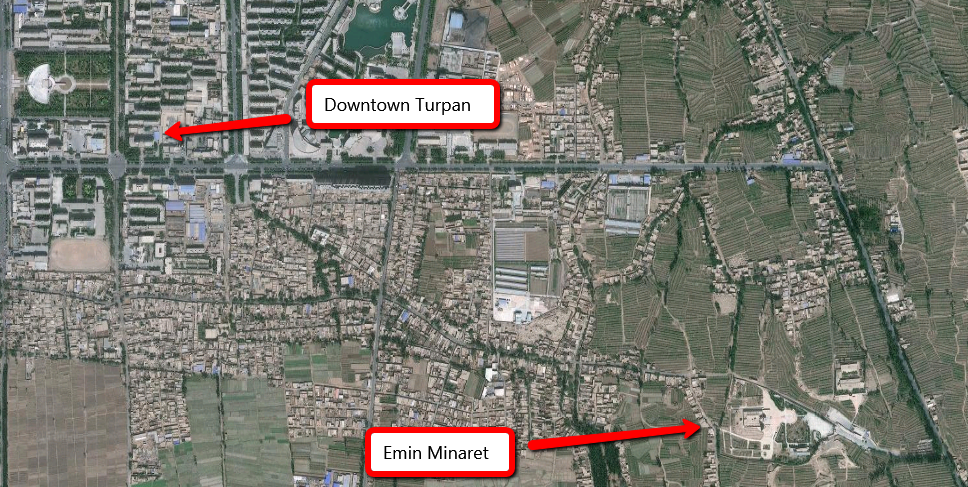
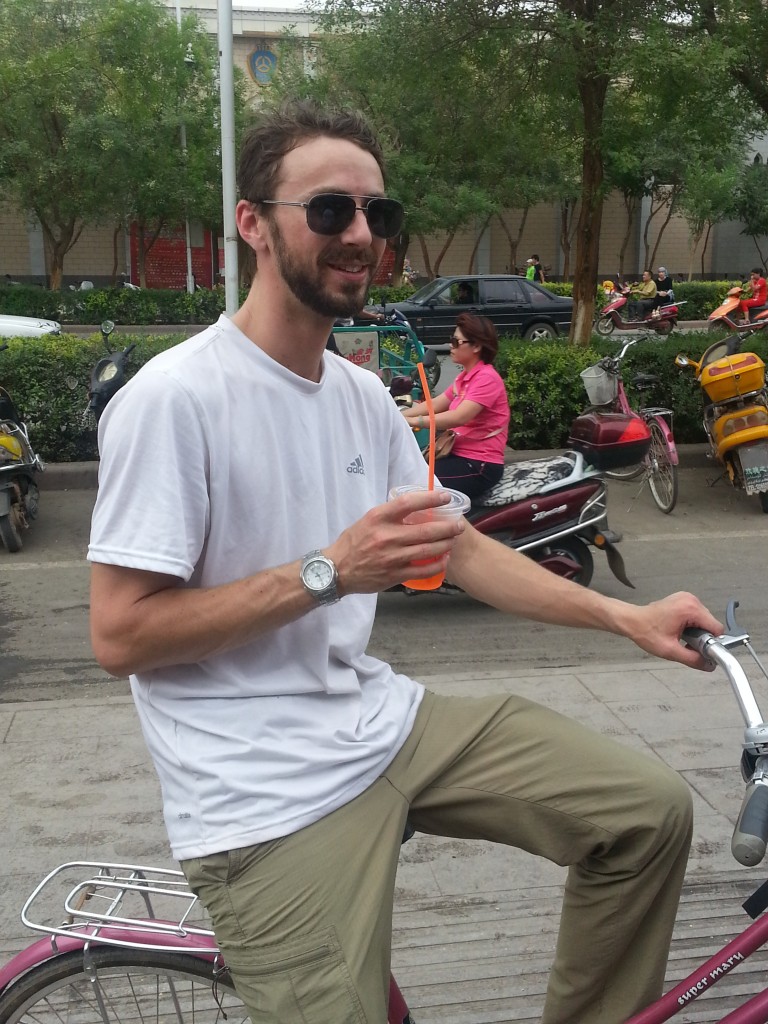
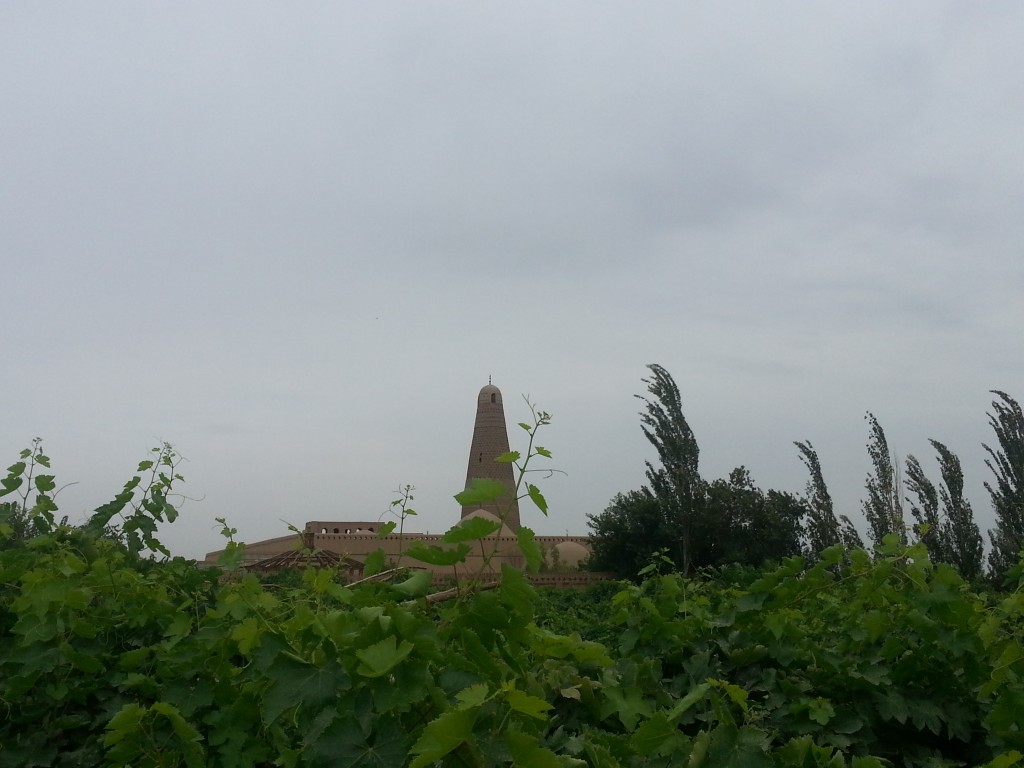
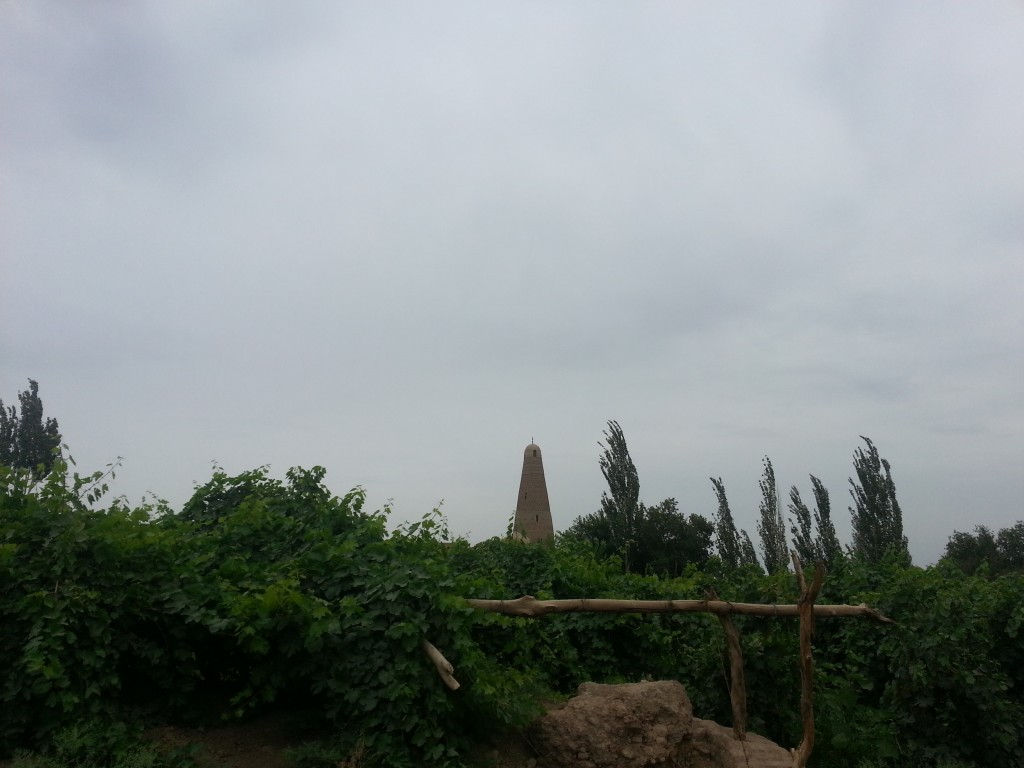
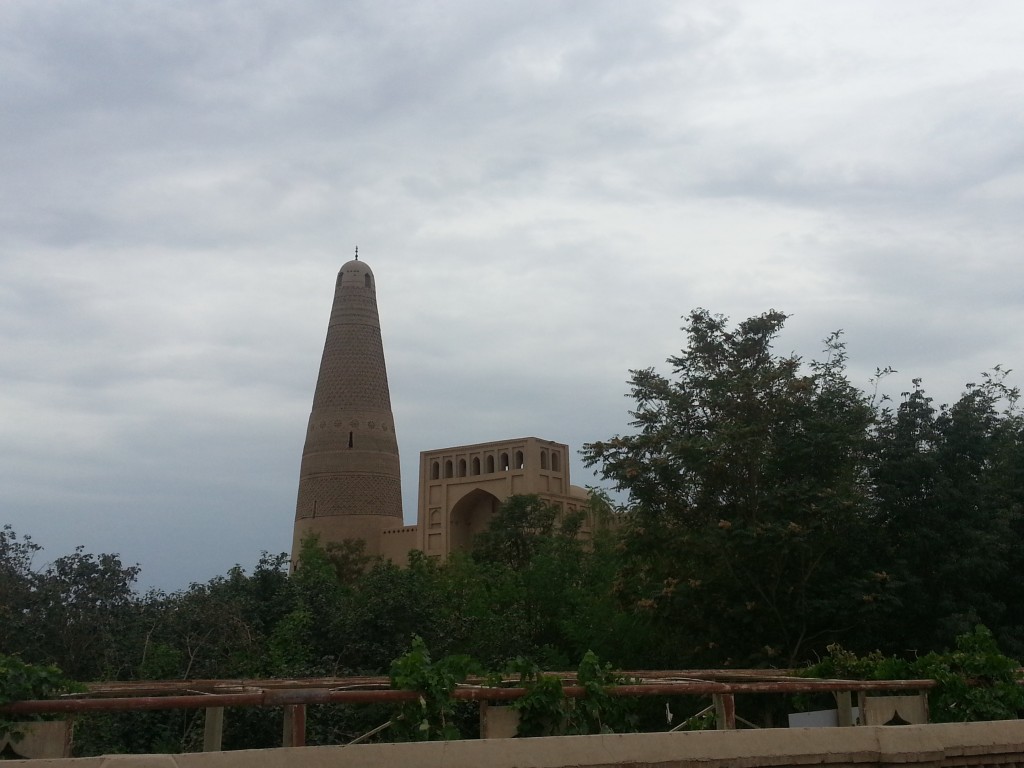
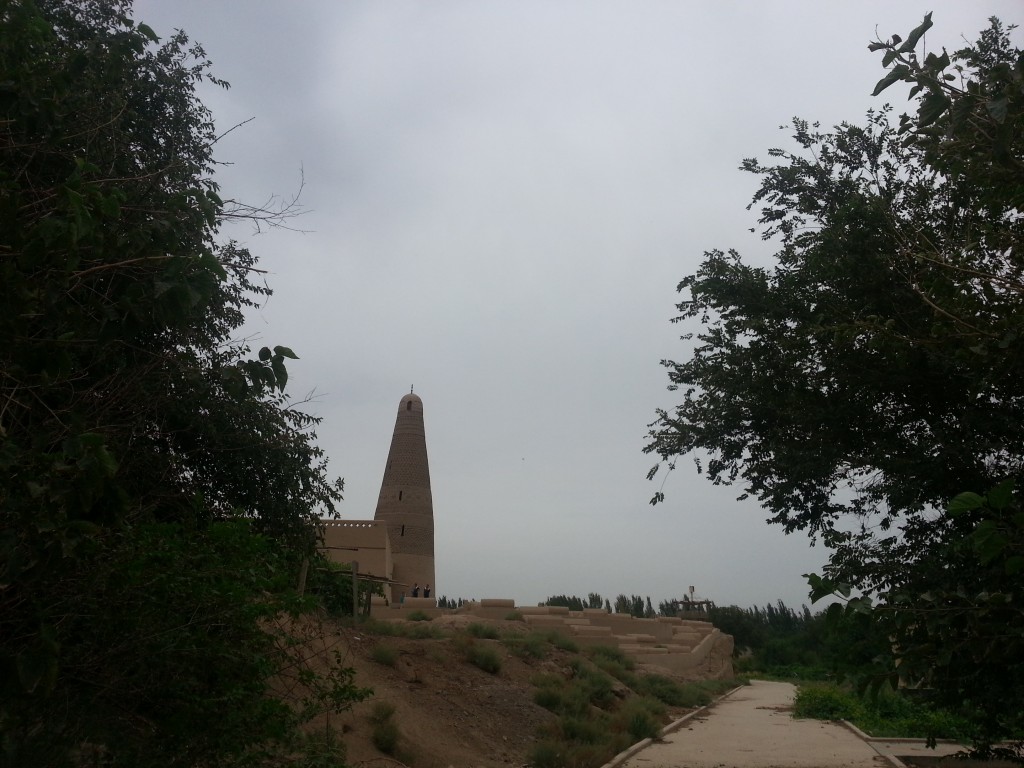
Pamela Crossley and Mark Elliott would remind you that Qing empire is a Manchu enterprise. Or as Dr Uradyn E. Bulag, who is a Ordos Mongol, would eloquently put it,
“in the Great Qing, Manchu is the master, Mongols are the deputy, Han is the subject nation”
In fact, In the conquest of Dzungaria, Manchu and Mongol troops formed the main bulk of the Qing imperial army.
Han only became prominent in the administration of Xinjiang after the Great Muslim Rebellion of 1860s have wiped away entire Manchu garrisons from Xinjiang, and General Tso and his Hunannese Army reconquer Xinjiang for the empire.
Btw, Khan of Hami and Turpan, are descended from Genghis Khan.